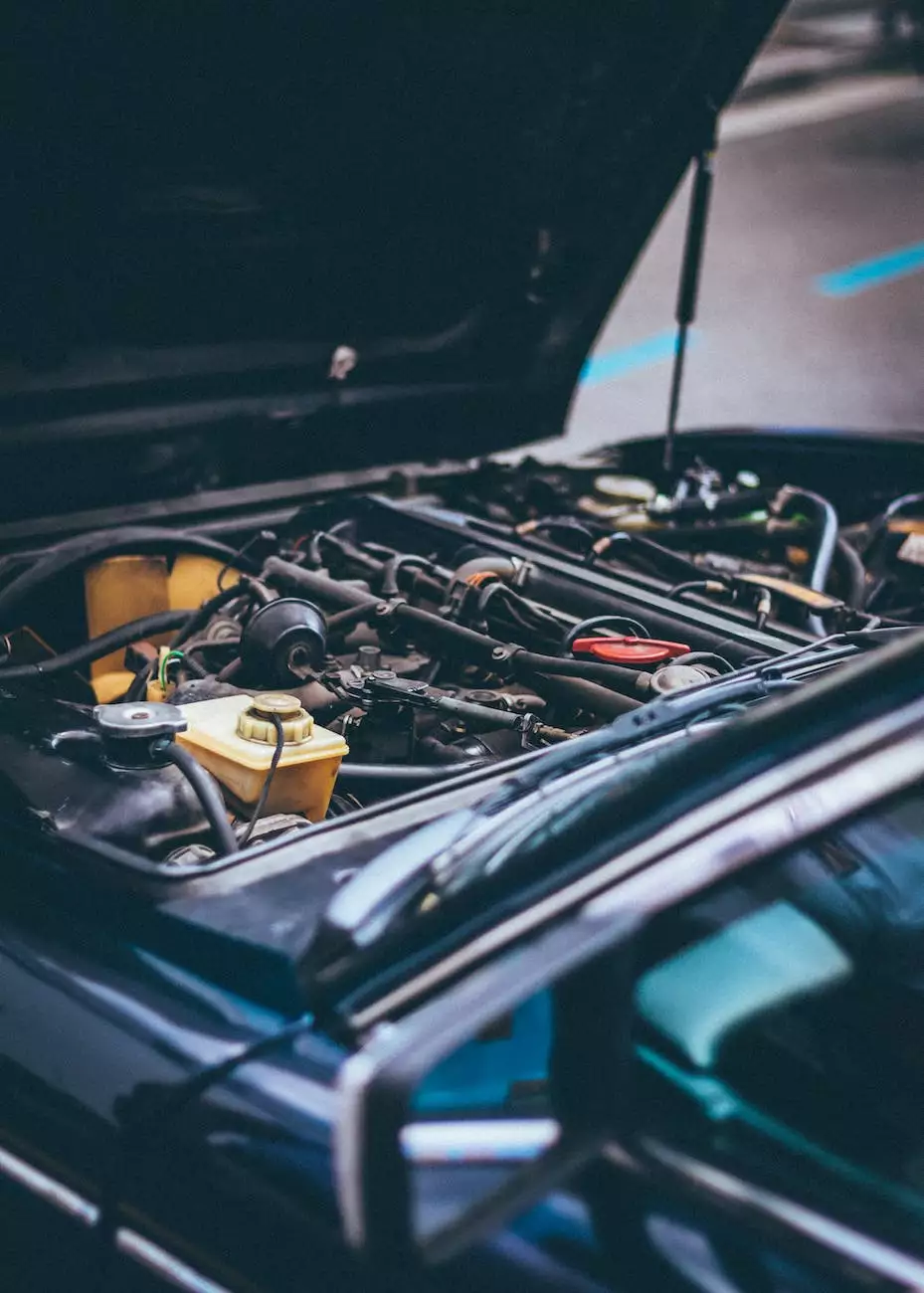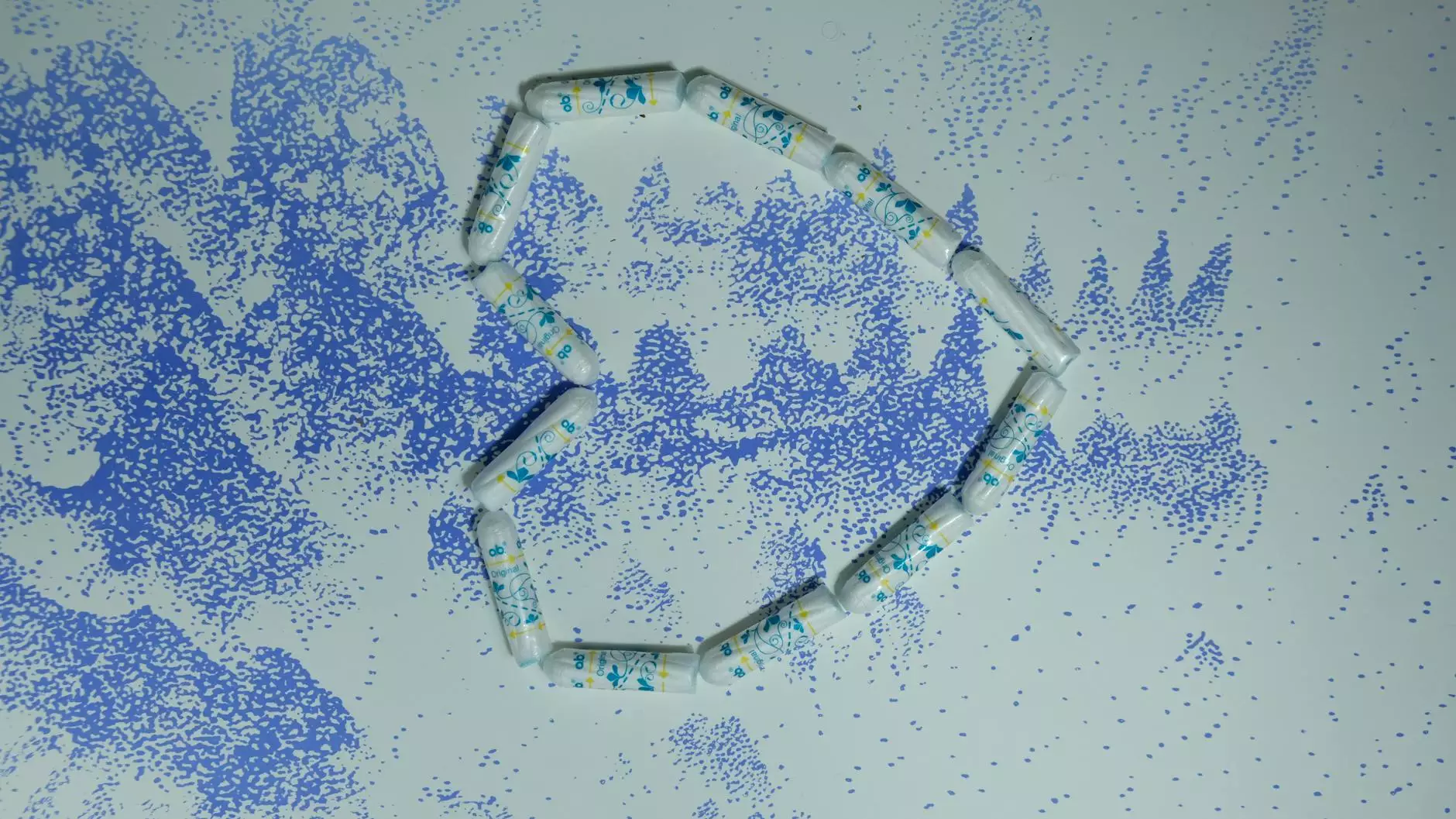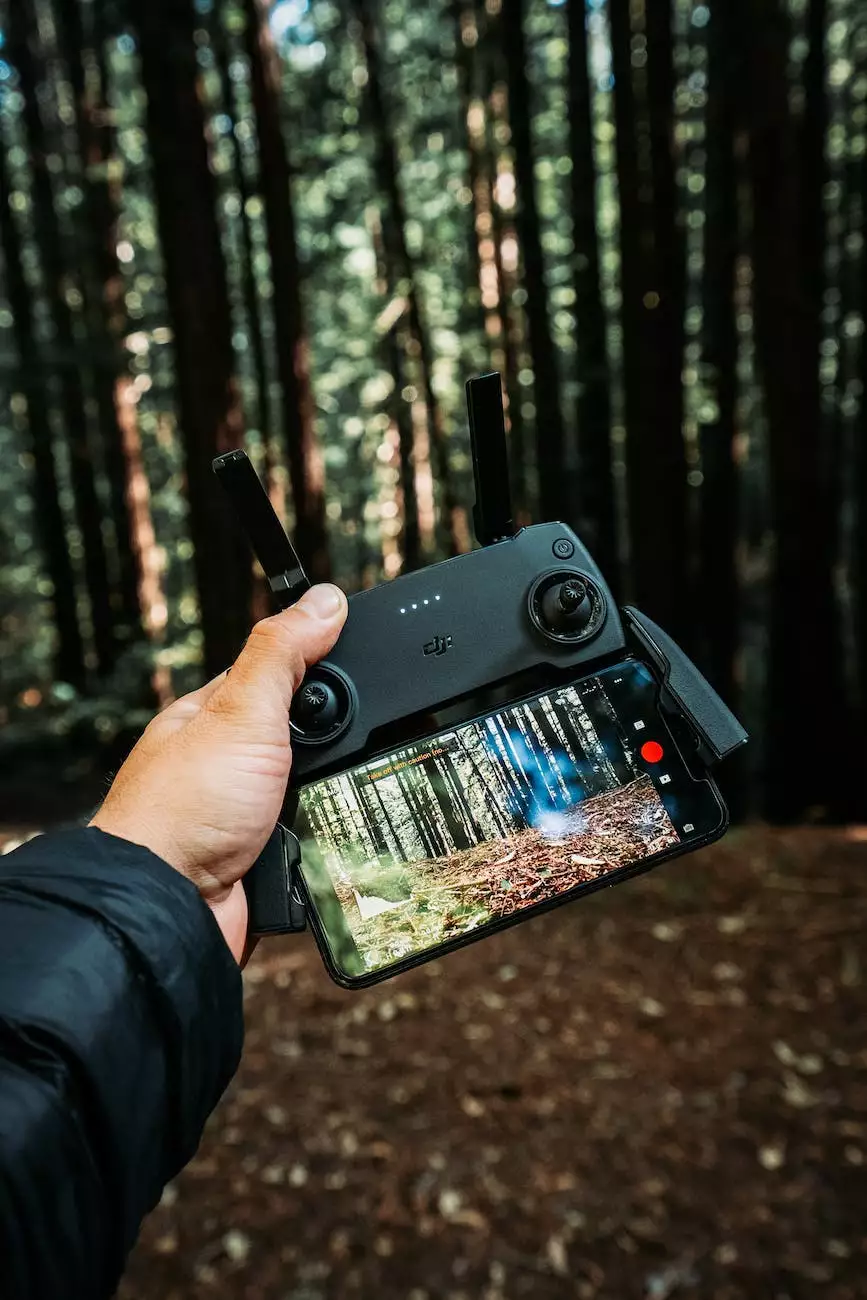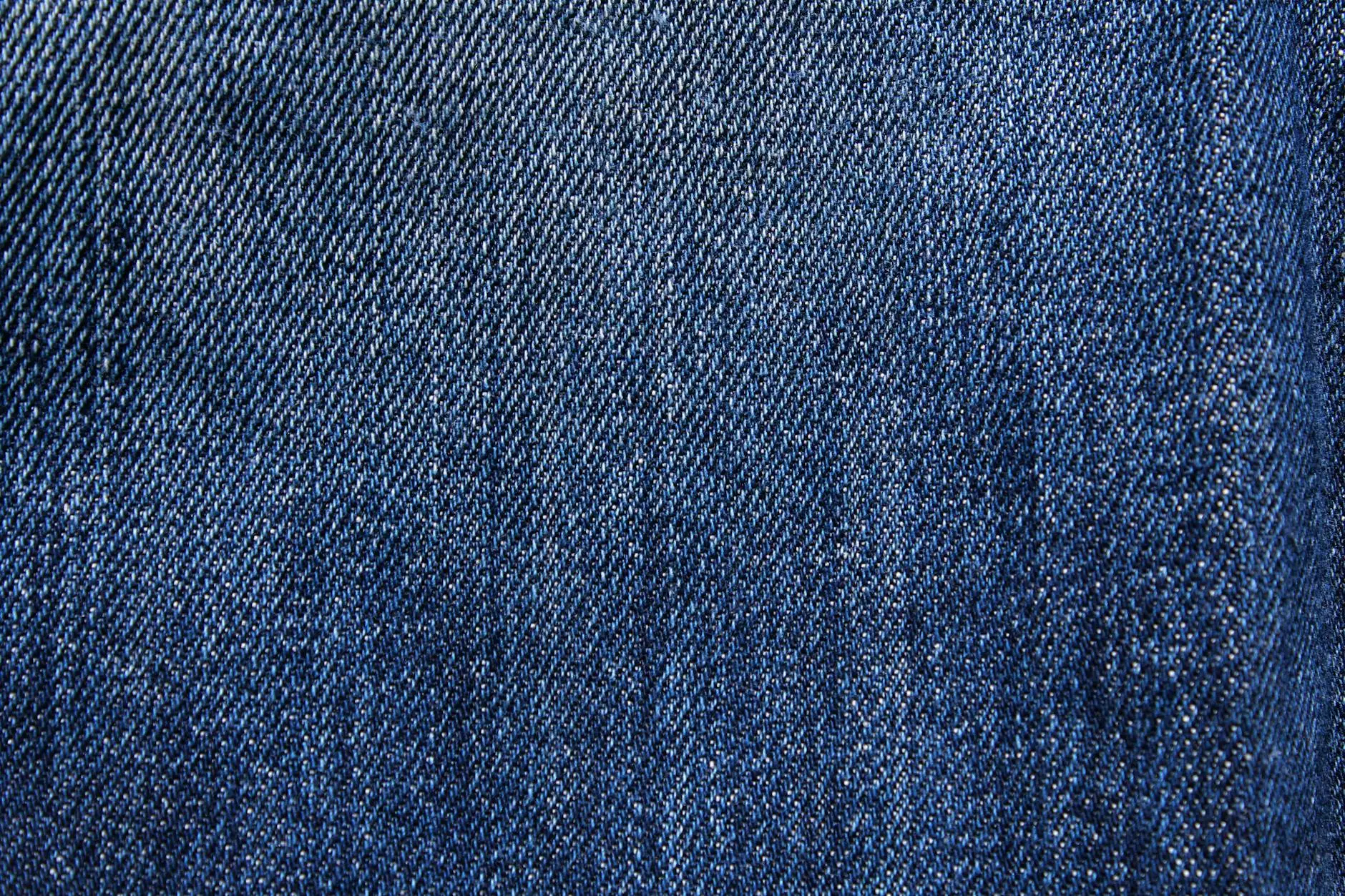Cleaning Large Engine Parts
Chassis
Welcome to Grafco Electric's comprehensive guide on cleaning large engine parts. In this article, we will provide you with detailed insights on the best techniques, tools, and tips to effectively clean and maintain your engine parts, helping you ensure optimal performance and longevity.
1. Importance of Cleaning Engine Parts
Proper cleaning of engine parts is crucial for their smooth functioning and overall performance. Over time, engine parts accumulate dirt, oil, grease, and other contaminants that can hinder their efficiency and lead to potential issues like reduced horsepower, increased fuel consumption, and even engine damage. Regular maintenance and cleaning of these parts can help prevent such problems and extend the lifespan of your engine.
2. Tools and Materials Needed
Before starting the cleaning process, gather the following tools and materials to ensure a successful job:
- Protective gloves
- Safety glasses
- Engine degreaser
- Parts cleaning brush
- Wire brush
- Air compressor
- Bucket
- Rags or shop towels
3. Step-by-Step Cleaning Process
3.1. Preparation:
Begin by preparing your work area. Ensure you have adequate ventilation to avoid inhaling fumes from the degreaser. Make sure the engine is cool before proceeding.
3.2. Disassembling Engine Parts:
Depending on the part you wish to clean, you may need to remove it from the engine. Consult the manufacturer's manual or seek professional advice if you are unsure about disassembly.
3.3. Degreasing:
Apply the engine degreaser generously to the targeted part. Allow it to sit for a few minutes to break down the accumulated dirt and grime. Use a parts cleaning brush to scrub the surface, paying particular attention to crevices and hard-to-reach areas.
3.4. Removing Stubborn Stains:
If you encounter stubborn stains or deposits, utilize a wire brush or abrasive pad to gently scrub the area. Be cautious to avoid damaging the part's surface.
3.5. Rinsing:
Thoroughly rinse the cleaned part with water to remove any remaining degreaser or residue. Avoid using high-pressure water as it can damage sensitive components. Pat the part dry using clean rags or shop towels.
3.6. Drying and Reassembling:
Allow the part to air dry completely, ensuring there is no moisture left. Once dry, carefully reassemble the part onto the engine, following the appropriate instructions or seeking professional assistance if needed.
4. Maintenance Tips
Proper maintenance can prolong the cleanliness and performance of your engine parts. Here are some essential tips:
- Regularly inspect engine parts for signs of dirt, oil, or debris buildup.
- Clean parts as soon as you notice accumulation to prevent damage.
- Use recommended cleaning products and tools to ensure optimal results.
- Follow manufacturer guidelines regarding cleaning intervals and procedures.
- Protect cleaned parts from corrosion with appropriate coatings or lubricants.
5. Conclusion
In conclusion, maintaining clean and well-functioning engine parts is vital for the overall performance and longevity of your engine. By following the step-by-step cleaning process outlined in this guide and implementing regular maintenance, you can optimize your engine's efficiency, minimize potential issues, and ensure a longer lifespan for your valuable equipment. For any assistance or professional cleaning services, reach out to Grafco Electric, your trusted partner in engine maintenance and solutions.



